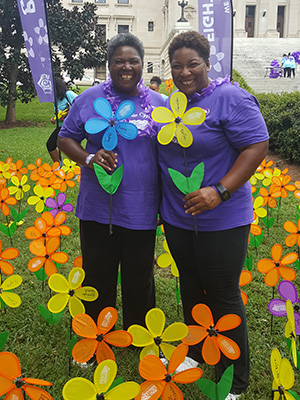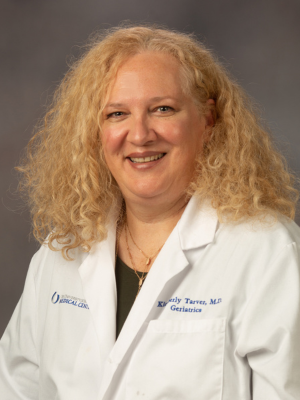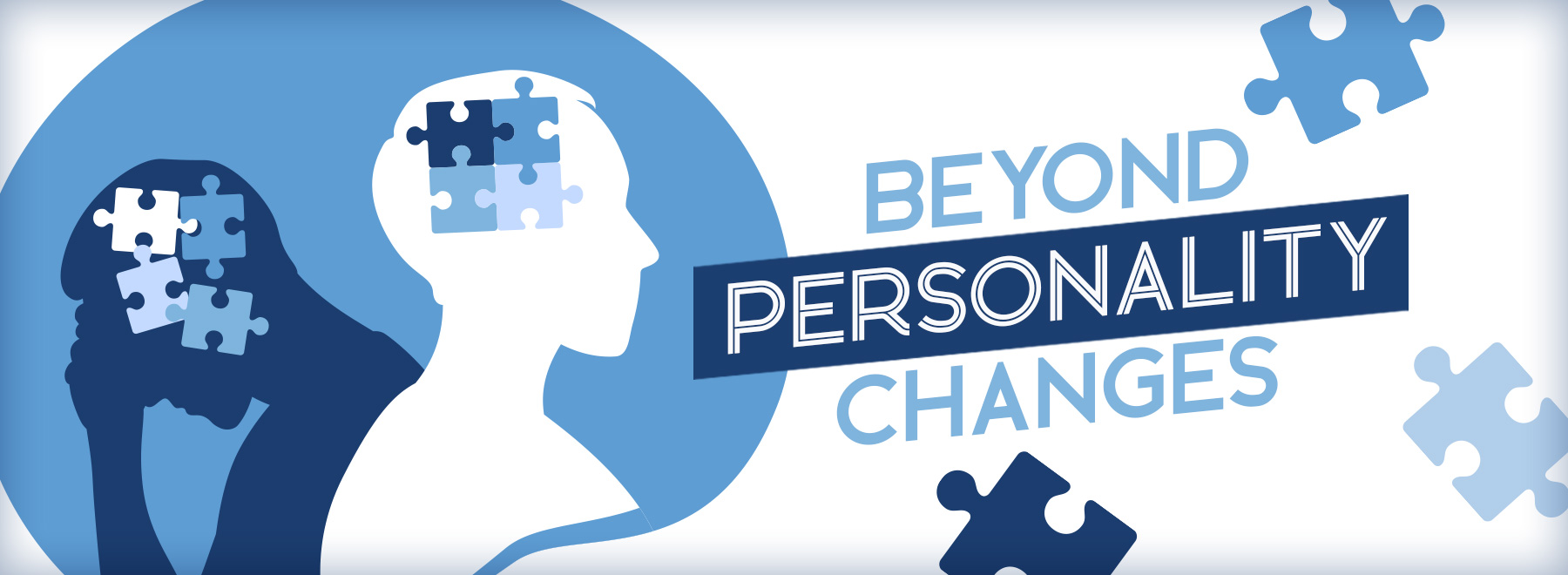FTD: The dementia that struck actor Bruce Willis is explained
When she heard her mother’s diagnosis, Jameika Stuckey thought it had to be a mistake.
“Dementia was not on my radar,” she said. “My mom was 57.”

But there was no mistaking that Rosemary Stuckey had changed: She was in trouble at work; giving away her savings; hallucinating about a fairy-tale life.
But, after learning more about the diagnosis, Jameika Stuckey realized that “my mother was like a case report” for frontotemporal dementias, a group of relatively rare disorders.
Now that actor Bruce Willis has revealed he has it, FTD is on a lot of people’s radar.
“The impact of FTD and related disorders is profound,” said Dr. Juebin Huang, associate professor of neurology at UMMC, who sees patients, including Rosemary Stuckey, at The Memory Impairment and Neurodegenerative Dementia (MIND) Center.
Potential consequences include divorce; excessive spending; tragic accidents; and loss of one’s job, medical insurance and pension, he said.

“The behavior in some patients is such that neighbors, even family, will call 911 instead of the hospital; the patient may be put in jail because the family doesn’t realize that this a is a brain disease.” Which could have happened to Jameika Stuckey’s mother.
“She ended up being arrested,” Stuckey said. “She had put down some nails to stop people from parking in a certain place. But the police officer realized something else was going on, and the judge let her go.”
Stuckey, a supervisor in pharmacy administration at UMMC, is the primary caregiver for her mother in their Jackson home. Eight years ago, she moved back to her hometown from Norfolk, Virginia, to be with Rosemary.
“When I was in Virginia, speaking with her on the phone, some things didn’t sound right. My sister and family had mentioned that things seemed off as well,” Jameika Stuckey said. “Then I came home and I found her home in disarray, just as her life was.”
Eventually, Rosemary Stuckey had to leave her job as a social worker and addictions specialist. “My sister found paperwork stating our mom’s performance on the job had changed, and discipline was being considered,” Jameika Stuckey said.
“And there was this whole other life she talked about that wasn’t real: On weekends, she would go away with a gentleman who would fly her to Italy where she lived a luxurious life.
“Also, she had written a lot of checks to charities – good causes, but without regard to saving anymore.”
In addition, her mom had a car accident “in a place where she had no business; we think she had gotten lost,” Stuckey said. “She wasn’t paying her bills – and she was not that kind of person.”
Severe depression was the first diagnosis. “Basically, I get my smile from my mom, and I smile all the time,” Stuckey said. “My mom was someone who smiled all the time as well. Now, she frowns a lot.” It took about another year and neuropsychological testing before FTD got the blame.
“In a 2020 study of patients with FTD, more than 40 percent required more than one year to establish a diagnosis,” Huang said, “more than 60 percent were evaluated by three or more clinicians, and more than 80 percent required three or more visits before an FTD diagnosis was established.”

There is still much to learn about FTD, said Dr. Kim Tarver, an associate professor of medicine, director of the Division of Geriatrics and director of clinical services in The MIND Center clinics at UMMC.
“It’s a whole range of diseases, not just one. But, when someone says that a family member who is younger than 65 has had a personality change or odd or inappropriate behavior, or specific language problems, FTD comes up as a possibility, at least as often as Alzheimer’s disease.”
FTD, however, is considered non-Alzheimer’s dementia. Alzheimer’s disease generally affects, first, the medial temporal lobe – crucial for memory; then it spreads to other parts of the brain. FTD assails mostly the brain’s frontal and temporal lobes – important for behavior control and executive function .
Late onset Alzheimer’s most often occurs in people in their mid-60s or older, although early onset Alzheimer’s can show up decades earlier. Still, FTD is the most common dementia for people under 60, reports the Association for Frontotemporal Degeneration.
“At the very beginning,” Huang said “if you tested patients for memory, you often find that is not bad or impaired. Attention, concentration, executive function and language are impaired in the early stage. But the memory will get worse. Eventually, the whole brain will be affected. Some people lose motor skills, their balance.”
The only way to absolutely confirm that FTD is the culprit is to perform an autopsy of the brain, Tarver said. “When someone is still alive, we have to rule out other possible causes of the symptoms, such as psychiatric illness, which testing by a neuropsychologist, or evaluation by a psychiatrist can often accomplish.
“We can do brain imaging to find out if the frontal and temporal lobes have shrunk.”
Who is likely to get FTD? One major risk factor is heredity, Tarver said. “That’s true, more so for FTD than for Alzheimer’s. At least half of those patients diagnosed with FTD have a family member who had some type of dementia.”
There is no proven treatment for FTD; managing the symptoms offers the best hope, Tarver said. “We don’t have medications that turn things around, that give you back what you’ve lost or slow it down.
“We are learning that if we address vascular risk factors like hypertension, diabetes, smoking early in life, we can prevent, or at least significantly delay, the onset of Alzheimer’s disease in a number of cases. That’s not necessarily true for FTD.
“With most cases of dementia, early diagnosis is not about treatment with medication, but about helping the family know when and how to keep their loved one safe; and in the case of personality changes, to avoid situations where those issues could lead to something dangerous.”
For her part, Stuckey takes her mom to see Huang twice a year. “It’s been a great collaboration with Dr. Huang and her primary care physician and cardiologist. She has been extremely healthy, with the exception of dementia,” she said.
“As a team, we take care of the rest of her the best we can. And surround her with all those who love her and care for her.”
Since 2016, Stuckey has worked intermittently with the Mississippi Chapter of the Alzheimer’s Association and even chaired the Jackson Area Walk to End Alzheimer’s for two years. In that organization, she has found support, and new friends, as her mother’s condition worsens.
“I don’t think she has a clear understanding of what’s going on,” Stuckey said. “I think if she could express it, she would say that she’s proud of me for being willing to talk about it.
“At first, I wasn’t open about it – to protect my mom. But I wasn’t protecting her, I was protecting me. It has been a growth journey for me.
“It’s also about helping the African American community be more willing to talk about it, to realize that we can support each other and that denying it doesn’t help anyone.”
To learn more about Alzheimer’s and dementia and the work of The MIND Center at UMMC, or to schedule your next appointment, call (601) 496-MIND (6463) or visit here.
The above article appears in CONSULT, UMMC’s monthly e-newsletter sharing news about cutting-edge clinical and health science education advances and innovative biomedical research at the Medical Center and giving you tips and suggestions on how you and the people you love can live a healthier life. Click here and enter your email address to receive CONSULT free of charge. You may cancel at any time.



